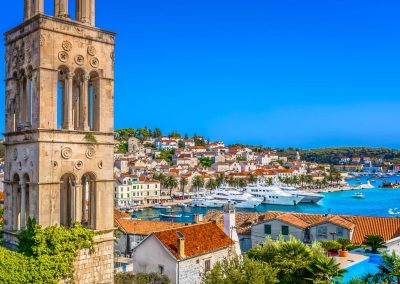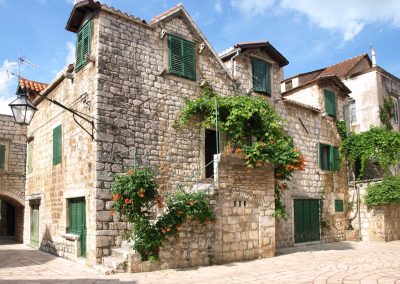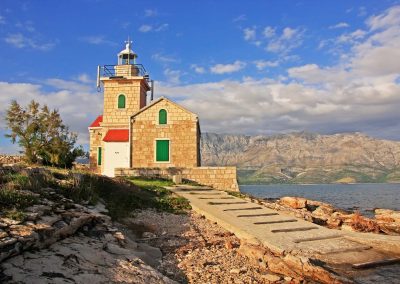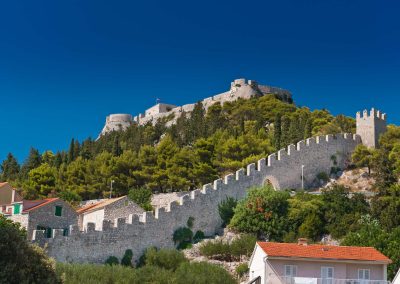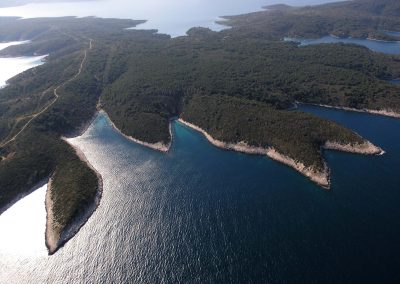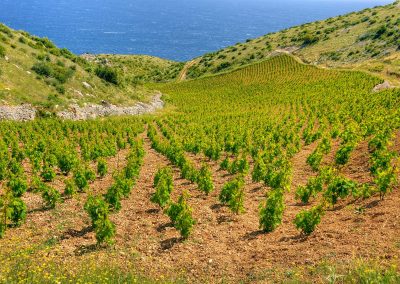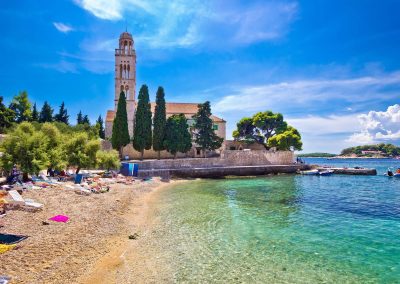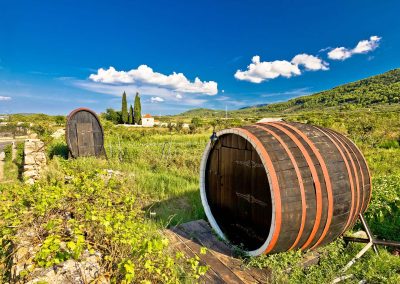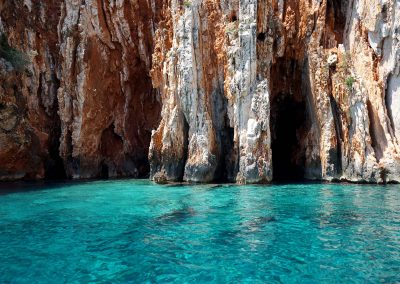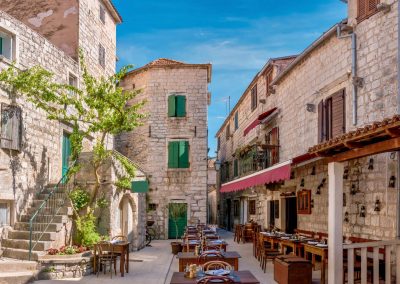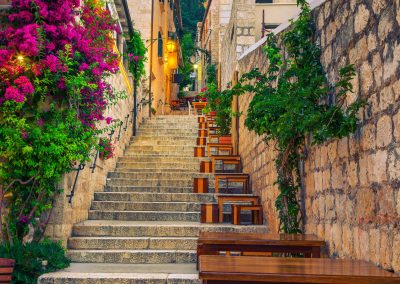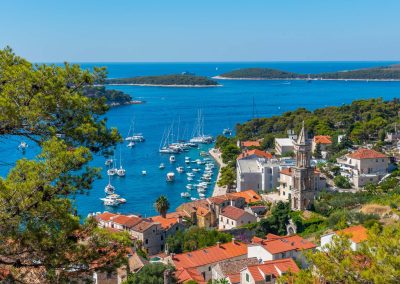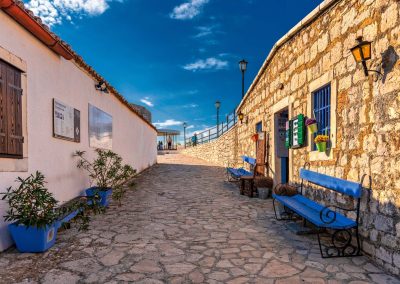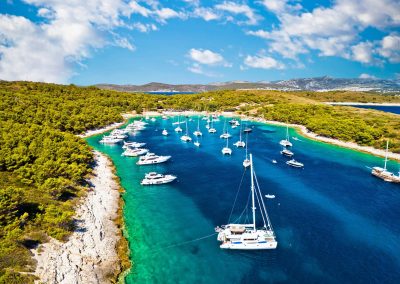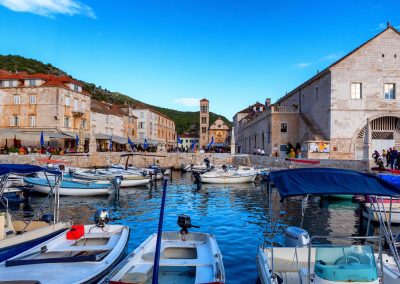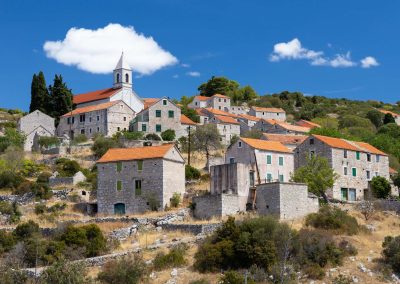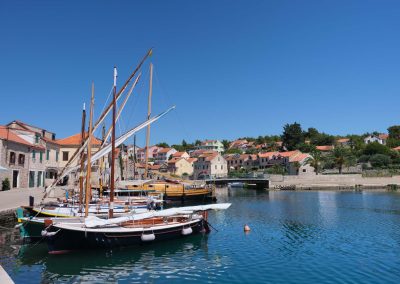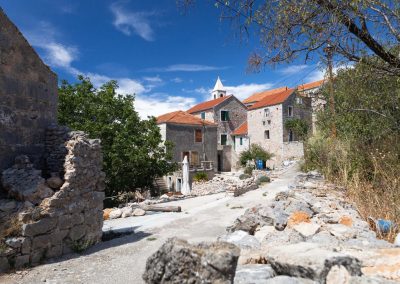History of Hvar
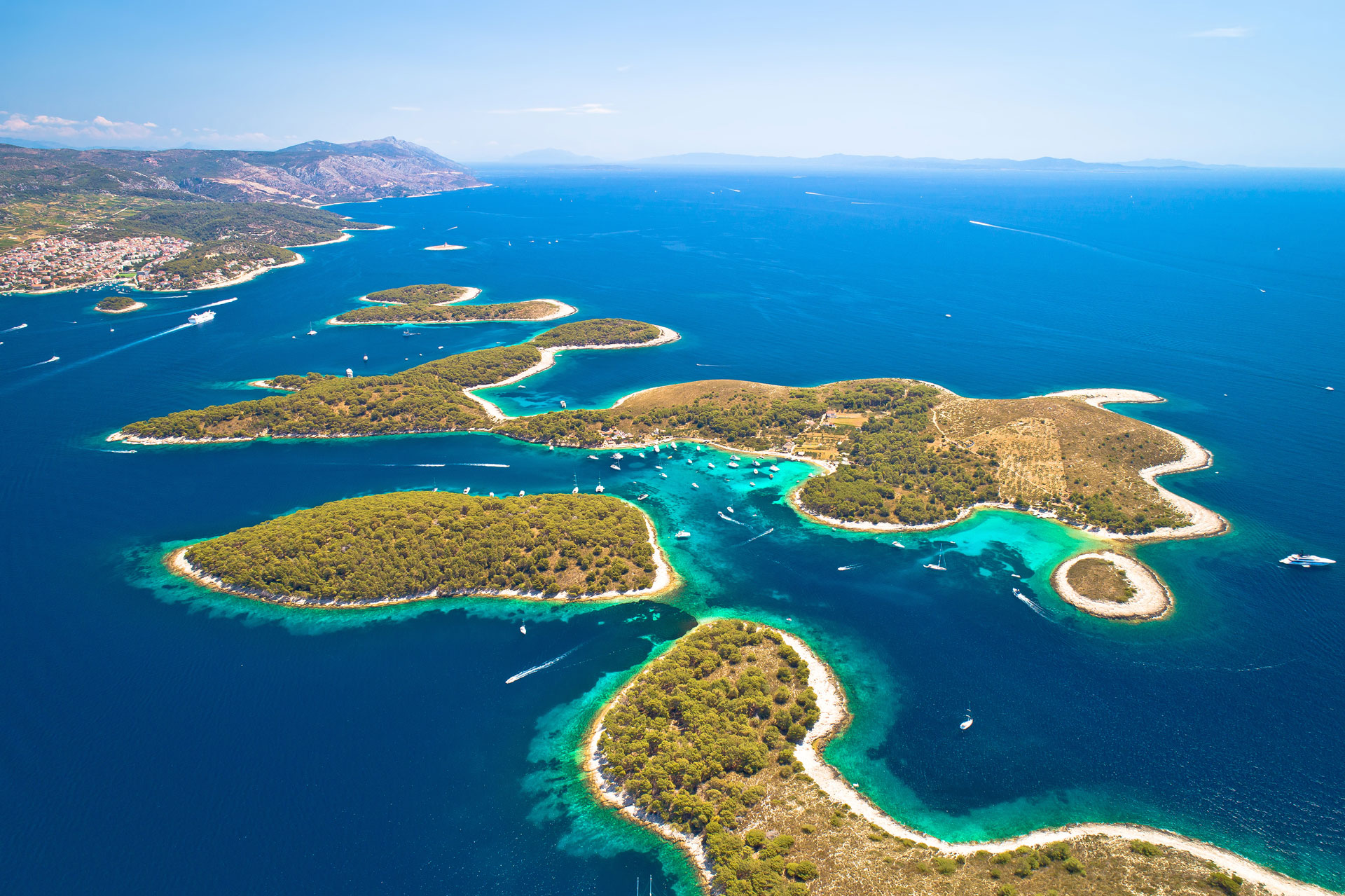
History of Hvar – about the island of Hvar:
This island, even back when the Trojan War resembled Star Wars, and the sirens’ song resembled the daily symphony of cicadas, teemed with life and paths. Man is an Earthling, he springs from the Earth’s womb, walks upon it, and wanders, feeding along the way. It’s no wonder he stopped and paused on this island. The island is, after all, too small to escape winter or leave summer behind. Yet, on Hvar, winter is almost nonexistent. It’s famously joked that when it snows, everything in Hvar hotels is free.
Settlements of people, caves, and grottos scattered across Hvar had their inhabitants as early as the 7th millennium BC. The following paradox occurred: while people on the mainland were still nomadic hunters and gatherers roaming from north to south for another 1500 to 2000 years, cave dwellers on Hvar began to engage in pottery. Colored pottery, as ceramic patterns and shapes found on Hvar, dated to 7000 BC according to research by Dr. Grga Novak, are also found along the eastern coast of the Adriatic Sea. On land, within a space of 200 km along the coast and 50 km inland. Therefore, Hvar is truly an island of cultural diffusion.
Archaeological finds of Hvar culture culminate with the creation of Velištak found in Stankovci near Zadar from the fifth millennium. Therefore, Markova Cave, located three kilometers from the city of Hvar, is one of the oldest Mesolithic findings of a sedentary culture that withstands seasonal changes, observing cosmic changes and creating the oldest lunar calendar in Europe: Velištak under the influence of late Neolithic Hvar culture. At that time, 7000 years before Christ, the Adriatic Sea rose by one hundred meters. Thus, the culmination of warming after the Ice Age.
In the 6th and 5th centuries BC, the Illyrian tribes Dalmatians, Ardijei, and Daorsi formed as separate structures, and in the fourth century BC the Greeks founded their colonies on the islands of Vis, Hvar, and Korčula. Settlers from the Greek island of Paros on Hvar built the city of Pharos in 385 BC, and nearby on Issa – Vis in 390, King Dionysus of Syracuse built a fort. Since in the fourth century BC the Celts pushed the Illyrians from the north towards the Adriatic Sea, they “thronged” just enough to go to war with the newly inhabited Greek islands, and for that time 5,000 dead and 2,000 captured Illyrians indicate a great battle and a great defeat. However, the Greeks still failed to create and build their polis in the Adriatic Sea – an autonomous culturally democratic community that ended with the construction of the theater. The tyrants of Vis did not like the theater, but the parceling of the Faro Old Town Field, which today is under the protection of UNESCO, indicates the democratic commitment of the residents of the town of Pharos.
In 229 BC the Illyrian Ardiei, Teuta’s renegade general Demetrius Hvaranin conquers Pharos and creates a state. However, in 219 BC, the Romans came, defeated Demetrius and destroyed Pharos. They did not touch the Greek parcelization of the fields because it is now theirs anyway. However, one mystery remained: the Pharos necropolis, which in 200 years should have had at least 1,000 graves judging by the number of fertile field plots, has not been discovered, and the Romans then settled that area and built a new city. But also without the dead. After the division of the Roman Empire in 395, the Western Roman Empire collapsed already in 476 and Byzantium assumed religious and political influence until the church schism in 1054.
In the 12th century, Venice completely replaces Byzantium until the 18th century. As Venice rules the sea, not the land, all the islands along the eastern Adriatic coast got large and dominant cities facing the sea, not the land, in order to support and secure the Venetian fleet on its way through the Adriatic to the Mediterranean. Then the town of Hvar was born. The Croats who were baptized and educated by Cyril and Methodius in the ninth century on the side of Byzantium, and the papal Frankish state from the north on the mainland side of the coast clashed over Zadar. On the side of the western church, the first Croatian papal kings appeared in that area in the tenth and eleventh centuries, as Croats became the majority population. However, from the northwest, Hungary and Venice on the coast hold the new Croatian state in a pincer so that for 1000 years Croats yearn for their independence.
Christianized Croats within larger, also Christian states have their own autonomy, which can be seen from the emergence of the Croatian nobility, but only if it is of Christian culture and commitment. In this sense, Christianity was a democratic option, a common denominator, universality for coexistence and prosperity. Thus, interestingly, even under Venice, Croatian nobles are born in Venetian cities and they are even more prosperous and creative than Venetian or Hungarian nobles in Croatian territories. In the seventeenth century, in 1612, the town of Hvar was among the first in Europe to build a folk theater.
Thus, Mark’s cave opens up the space of the Platonic cave and destroys the wall with official truths and simple interpretations of the world, such as, for example, that the world is a flat plate. The theater is an open venue which, through the ideas of freedom, is the very idea of the world as openness to: the world exists for the sake of events “the whole world is a stage on which all men are but actors…” – Shakespeare. The theater space is a small infinity. However, Hvar is not a museum, Hvar does not want to glorify history, Hvar simply has it. Hvar is constantly a place where you feel the edge of time itself, the most beautiful things that come from the edge of time, the new, the surprising, the fresh, the things that have not been seen yet, the things for which the world exists. For the sake of new events and happenings, for the sake of freedom and for the sake of all that we can do… The secret of Hvar’s greenery, an island where it rains so little, lies in the mystery of the morning dew with which it is watered. Hvar – the island of life.
